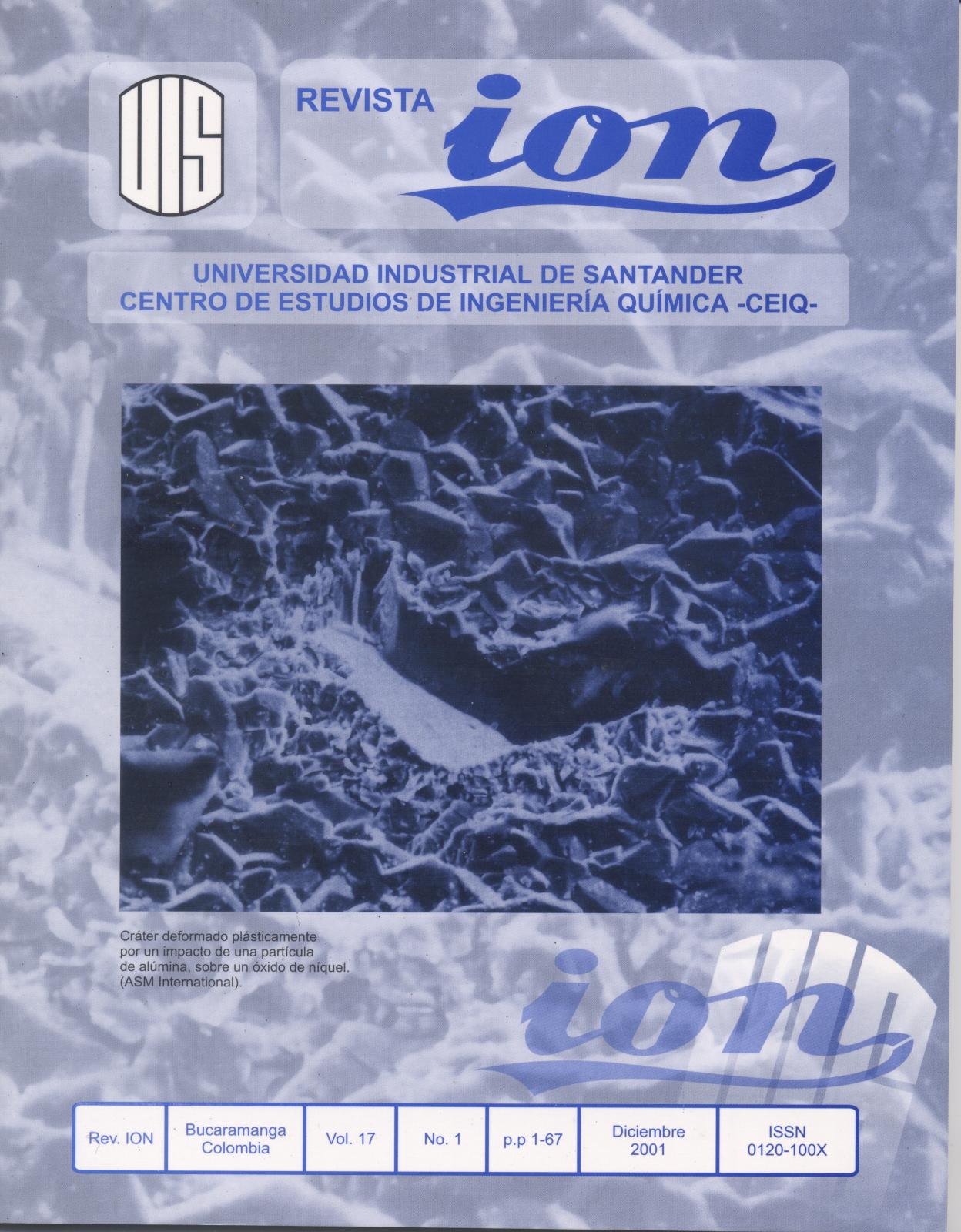EVALUACIÓN DE PROBLEMAS DE CORROSIÓN EN REACTORES ANAEROBIOS PARA DEPURACIÓN DE AGUAS RESIDUALES
Published 2011-01-13
How to Cite
Abstract
Corrosion problems presented in Rio Frio Wastewater Treatment Plant (PTAR), which belong to the Regional Autonomous Corporation, and are in charge of treatment of the wastewater of Bucaramanga's south zone, were analyzed in this study.
A preliminary inspection was carried out to the PTAR, for determining test zones and the advance of corrosion in the structure of UASB reactors. Carbonation, chlorides concentration and sulphate tests were determined in two of three UASB reactors existing in the plant, inside and in the top corresponding to settlers zone. The time in that the carbonatation and chloride ions will reach the reactors reinforcement, was predicted and from the profile of chlorides concentration measured in every sample the diffusion coefficients of chloride and sulphate ions in the structure were calculated.
Diffusion tests and injection cells were carried out; in the laboratory; cement mortar type V was used in the former and simulated solutions of concrete with CI" and S04= ions. In the injection cells was used steel rod type A-37 and PDR-60 and Polarization Resistance (Rp) curves were carried out daily.

